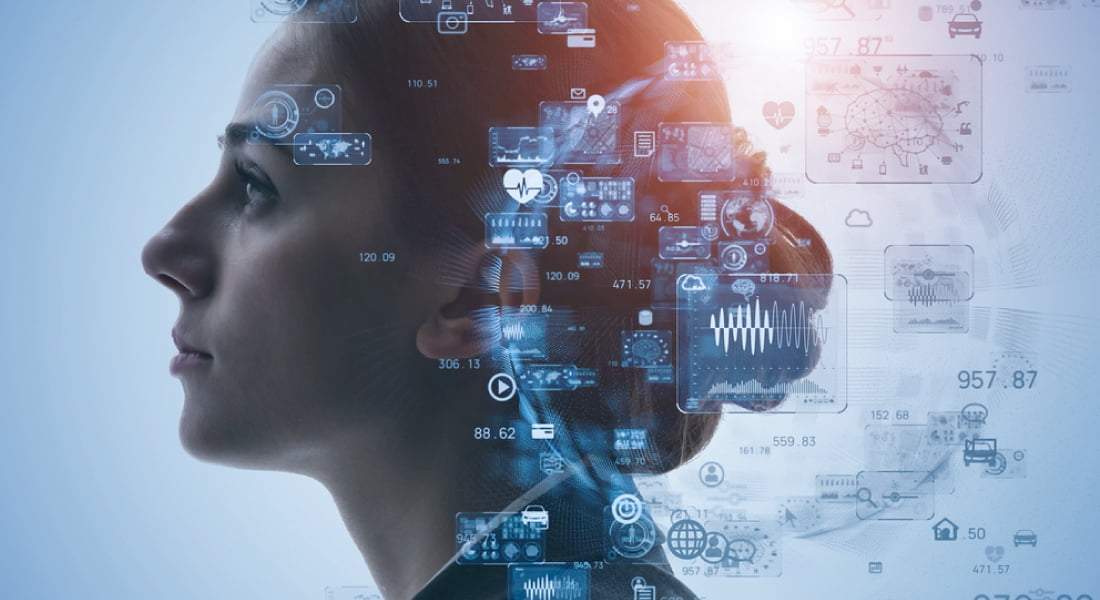Introduction:
Database models have evolved significantly, moving beyond traditional relational databases. As data volume and complexity increase, more flexible approaches like knowledge graphs are needed. This article explores the differences between knowledge graphs and relational databases, their specific use cases, and their applications in the biomedical and healthcare domains. We will also discuss how HCC medical coding and risk adjustment vendors can benefit from these advanced data models.
What is a Knowledge Graph?
Knowledge graphs are like super-smart filing systems for information. Imagine each piece of information as a dot, and these dots can connect with lines to show how they relate to each other. With this system, you can easily create new connections between dots whenever you need to, without messing up the old ones. This makes it really handy for things like medical coding, where there are lots of different ways information can be linked together, and things change all the time.
Biomedical Knowledge Graphs
Biomedical knowledge graphs are like big, detailed maps that help scientists and doctors. Imagine a huge web where each point is something important in health, like a type of disease, medicine, or a part of the body. The lines connecting these points show how they’re related. These maps make it easier to find important information and understand how different things affect each other. This helps doctors and scientists do better research, create better medicines, and come up with better treatment plans. It also helps companies that analyze health risks by giving them clear and detailed data.
Why Use Knowledge Graphs in Healthcare?
With more and more data available, healthcare has gotten better, but it’s also harder for doctors and scientists to handle it all. Knowledge graphs can help make things simpler by showing information in a clear and easy way.
Key reasons why knowledge graphs are crucial include:
- Mapping Relationships: These tools help show how different pieces of healthcare information are connected.
- Modeling Hidden Relationships: They can find and show connections between different pieces of information that other models might miss.
- Easy Access to Information: People who work with risk adjustment can quickly get information from many different sources, which helps make sure medical coding is done correctly.
What is a Relational Database?
A relational database organizes data into structured tables with predefined relationships and unique identifiers for each row. This setup allows for easy categorization and user-friendly interaction through SQL. Despite its simplicity and security, the fixed structure limits flexibility and complicates data modifications. While it supports extensive data storage and multiple tables, query execution can slow down as the number of tables increases, which can be a bottleneck for risk adjustment vendors managing large datasets.
How Are Knowledge Graphs and Relational Databases Similar?
Both help you bring together information from different places into one easy-to-use spot, so you can find and understand it more easily. They are like big, organized storage spaces for data, making sure everything is correct, consistent, and safe. They keep track of how data is connected and allow you to search through it. Plus, they can handle lots of data and users at once, even if there’s a lot going on.
What Sets Knowledge Graphs Apart from Relational Databases?
- Purpose: Knowledge graphs help us understand how different pieces of information are connected, like a web of ideas. Relational databases, on the other hand, are great for organizing and analyzing lots of structured data, like lists in a spreadsheet.
- Data Representation: In a knowledge graph, information is shown as a network of points (nodes) connected by lines (edges). In a relational database, data is organized into tables with rows and columns.
- Schema: Knowledge graphs don’t need a set structure, so you can add new connections easily. Relational databases need a fixed layout, so changing it can be a lot of work.
- Performance: Knowledge graphs are good at handling complicated networks and quick searches. Relational databases are good for structured data but can struggle with more messy or unorganized information.
- Maintenance: It’s easy to update a knowledge graph with new connections. Updating a relational database can be more time-consuming because you often need to change its structure.
- Complexity: Knowledge graphs are used to understand complex relationships in specific areas. Relational databases handle simpler relationships and are best for more straightforward data.
Healthcare Data Management Significance
Healthcare data management, or Health Information Management (HIM), is all about keeping track of medical information in a smart way. This includes things like digital health records, handwritten prescriptions, and scanned notes from doctors. Good data management helps doctors take better care of patients, review medical charts accurately, and make sure they’re coding everything correctly. It also helps with keeping important information safe and private.
Practical Applications of Knowledge Graphs in Healthcare
Understanding Healthcare with Smart Tech
With COVID-19, it was tough to tell what information was true. Scientists created a special system called a “knowledge graph” to sort out facts and spot fake news.
Keeping Patient Info Safe: Knowledge graphs help share health data without revealing personal details.
Learning About Mental Health: They help us understand mental disorders like autism and depression by showing how different things are connected.
Improving Medical Images: Knowledge graphs make it easier to study medical images, helping doctors find diseases and make better reports.
Studying Genetics: They combine data from genes, proteins, and other sources to find out how they relate to diseases, using AI to make sense of it all.
Drug Discovery: Knowledge graphs are used to find new medicines, figure out how old ones might help with new diseases, and predict side effects.
Diagnosing Patients: They help doctors diagnose diseases more accurately by connecting symptoms, diseases, and medical knowledge.
Managing Health Risks: Knowledge graphs assist in managing long-term health conditions and calculating risk scores needed for health programs.
Simplifying Medical Data: They make complicated medical information easier to understand and use, helping with overall health studies and providing better care.
The Role of Technology and Innovation
At RAAPID, we use cool computer technology to take messy medical notes and turn them into neat, organized maps called Knowledge Graphs. These maps help us see how different medical terms and information are connected. This makes it easier for doctors and nurses to find important details and spot patterns in patient health records. By bringing together information from different places, these maps give a clear picture of a person’s health and help different systems work well together.
Collaborating with Technology Partners
As technology gets better, new tech companies that focus on AI are teaming up with older companies that use traditional database tools. By working together, they combine their skills to create cool new products and services. For example, they might use Knowledge Graphs and LLM techniques to make managing healthcare data smarter and more efficient. These tech partnerships help bring about exciting new solutions and improvements.
Challenges in Healthcare Data Management
Health data management started with tracking information on paper and has since moved to digital formats. Even though we’ve made a lot of progress, some health information is still not digitized or fully connected in our systems. This creates problems like having data spread out in different places, data that changes often, having to follow strict rules, not all systems working well together, and having too much data to handle.
Solutions to Meet Healthcare Data Management Challenges
Managing healthcare data is like organizing a big, important collection of information. It includes keeping track of data, entering new information, using AI to help with tasks, and making sure everything is safe and easy to access. Knowledge Graphs are special tools that help with this by improving how we manage risks, making medical operations better, and simplifying how we provide care to people in a way that focuses on their needs.
Key Aspects Include:
- Using Technology for Data Entry: Tools like IoT (Internet of Things), CRM (Customer Relationship Management), and OCR (Optical Character Recognition) help collect and organize information from different sources easily.
- Storing Data: Cloud storage is like a big, secure online locker that can grow as needed. It’s flexible, affordable, and safe.
- Keeping Data Safe and Fast: Real-time processing and AI (Artificial Intelligence) help analyze data quickly, while encryption keeps it secure.
- Growing with Your Needs: Cloud storage can handle more data as it grows, so you don’t have to worry about running out of space.
- Predicting the Future: AI can predict problems before they happen, helping to improve outcomes, save money, and tailor care to each person’s needs.
Conclusion
As technology in healthcare gets better, using both knowledge graphs and relational databases will be very important. Combining new tools like Large Language Models with knowledge graphs will help make sense of messy clinical data and improve how we manage healthcare information. Choosing RAAPID’s risk adjustment solution as a complete healthcare data management platform is a smart way to make healthcare risk assessment more efficient and fair.







Be First to Comment